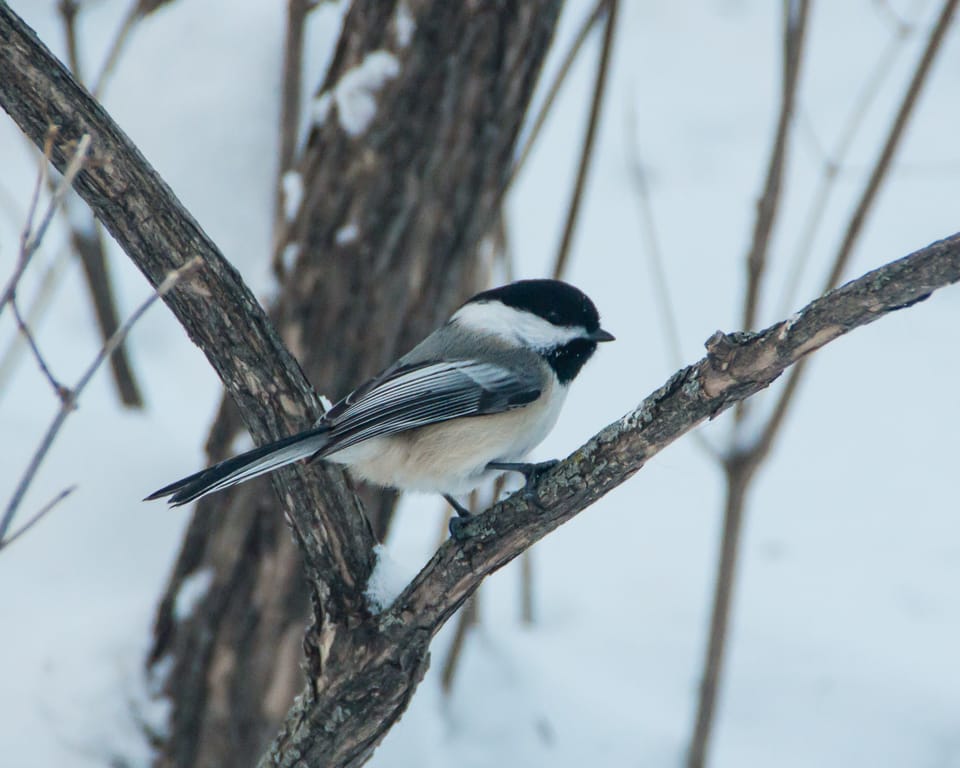Exploring the Senses: Hot and Cold

All animals take advantage of their senses to explore the world around them, but it’s a mistake to assume that other creatures have the same sensory options or that they use them in the same way as humans. In An Immense World, Ed Yong points out that “If you want to live in the Sahara, or at the bottom of the ocean, or on a glacier, you’d better tweak your senses to like it.”
Some Like It Hot, Some Like It Cold
Ground squirrels (such as gophers) hibernate for half the year. While their body temperature during the summer is 37 degrees centigrade, it goes down to 4 degrees during hibernation. Yong says, “These feats of endurance depend on an essential ability that often goes unnoticed. The squirrel doesn’t mind the cold … Without this tolerance for low temperatures, the ground squirrel wouldn’t be able to hibernate … It’s not that the ground squirrel ignores the cold. Instead, it has a different conception of what “cold” is – a different minimum temperature at which its body can no longer cope and its senses raise an alarm.” [An Immense World]
Wood frogs can be found across Canada and are the only species of frog found north of the Arctic Circle. They hibernate over the winter and can survive below-zero temperatures by increasing the amount of glucose in their blood. Glucose is a natural antifreeze; it lowers the freezing point and stops ice crystals from forming.
Hummingbirds have a really high metabolic rate and need to eat almost constantly. They save energy and survive cold nights by lowering their body temperature and going into torpor, a form of hibernation. This slows their metabolism and prevents starvation. “The closer a hummingbird's internal temperature is to the outdoor air, the less energy they need to spend on any metabolic process, such as keeping warm and maintaining a normal heart rate.” [Science]
Birds devote 90% of their metabolism to maintaining their body temperature. Overheating is more stressful than cooling and all birds pant to lower their temperature because they can’t sweat. “The respiratory rate of the House Sparrow rises from 57 breaths per minute at 30C to 160/min. at 43C. Many, if not all, birds flutter the throat area during heat exposure, resulting in heat loss from the mucus membranes of the throat. The hyoid bone flexes and the whole area is suffused with blood. This gular flutter may account for 35% of the heat loss of a chicken.” [Ornithology]
Checking the Temperature
All creatures need to be able to gauge the temperature around them. Fruit flies’ antennae are made of chitin, which excels at conducting heat. As they fly, they can quickly determine if the air in their new surroundings is too hot or too cold and respond by flying somewhere else.
Water temperature determines where fish can thrive. Some prefer it warmer, while others prefer it colder, but when it’s outside their comfort zone, they struggle. “As water warms up, a fish’s metabolic rate increases, which means the fish requires more oxygen to function, yet warm water contains less oxygen than cold water. On average, fish respiration rates double for every 10°C (18°F) rise in water temperature.” Fish sense water temperature through nerve endings in their skin. They respond to minor changes in temperature by altering the speed at which they swim. Larger changes will cause them to move, sometimes many miles. [Molecular and Cellular Endocrinology & Izaak Walton League of America]
Searching for Prey
Ticks can detect body heat from up to 13 feet away using heat sensors on the tips of their first pair of legs, which they wave in the air, searching for sources of heat. Interestingly enough, Yong says researchers have shown that “common repellents like DEET and citronella don’t disrupt a tick’s sense of smell but do stop them from tracking heat.” [An Immense World]
Rattlesnakes prefer freshly killed mice over long-dead ones and can find their target even in the dark thanks to two sets of thermosensors. In addition to a pair of heat-sensitive pits behind their nostrils, their eyes can build up a pattern of hot and cold to map a heat source. Yong says, “It’s possible that the snakes really are seeing infrared, treating it as just another color.” The heat-sensitive pits improve vision: “They might provide more detail at night, reveal warm objects that are obscured by undergrowth, or direct the snake’s attention to scurrying prey.” [An Immense World]
See Also
Exploring the Senses: Follow That Scent [EcoFriendly West]
Photo credit: https://www.flickr.com/photos/apmckinlay/8327450718
EcoFriendly West informs and encourages initiatives that support Western Canada’s natural environment through its online publication and the Nature Companion website/app. Like us on Facebook, follow us on Twitter or Mastodon, or subscribe by email.

Member discussion